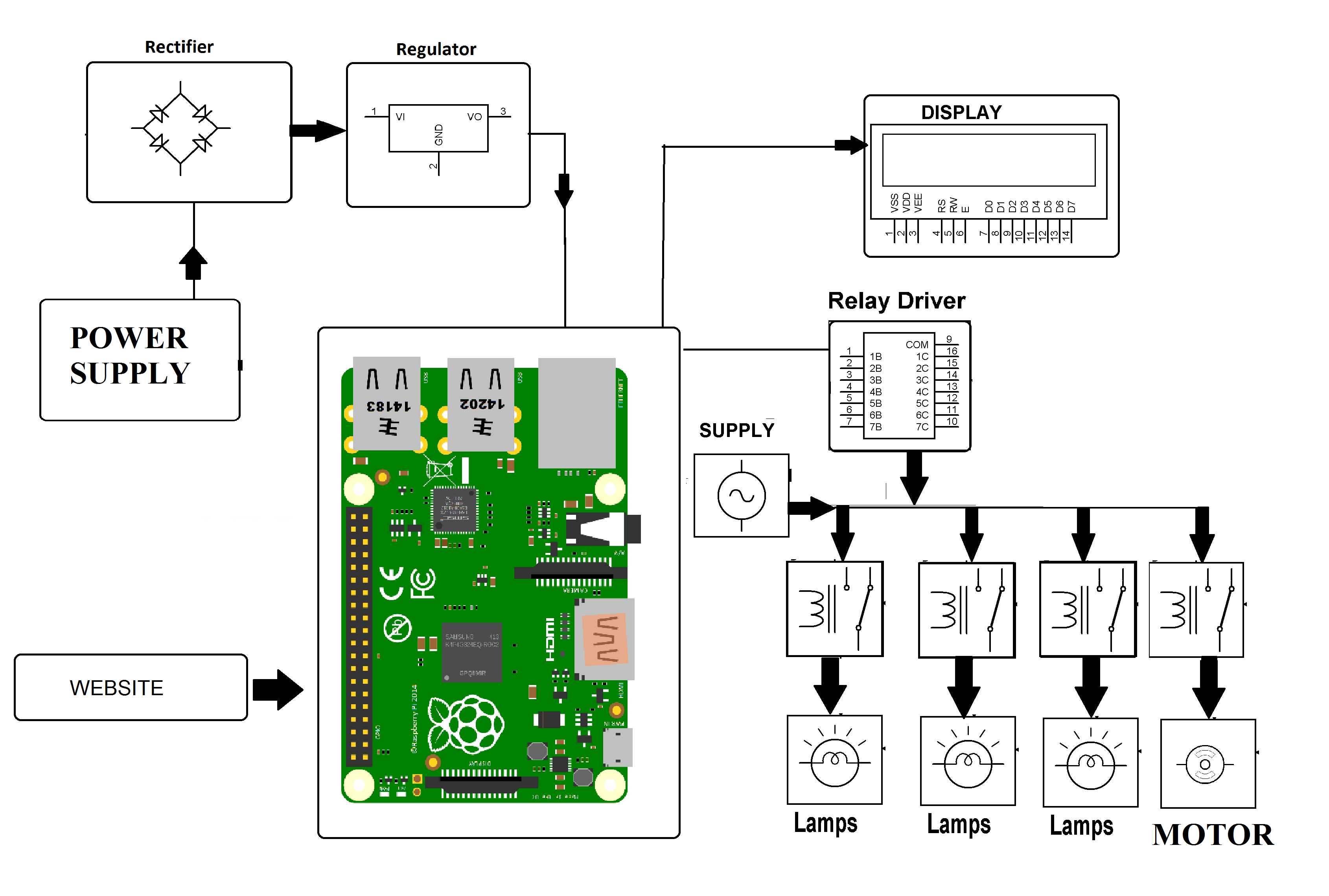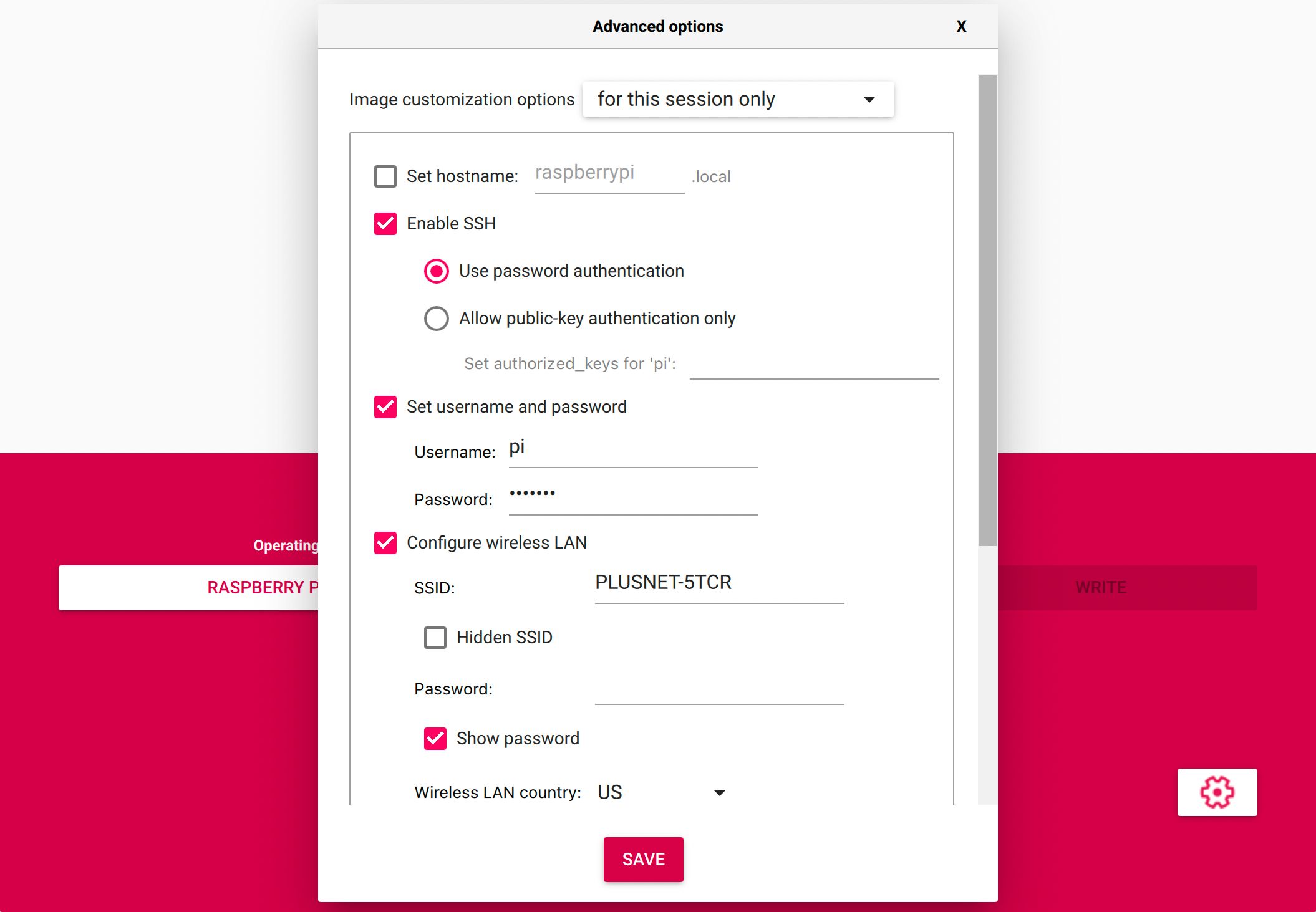Best Remote IoT VPC SSH Raspberry Pi Free: A Comprehensive Guide
Are you looking for a way to manage your IoT devices remotely using a Raspberry Pi while leveraging the power of Virtual Private Cloud (VPC) and SSH? You're in the right place. In today's interconnected world, the ability to securely access and manage IoT devices from anywhere is crucial. Whether you're a hobbyist, a developer, or an enterprise user, combining Raspberry Pi, IoT, VPC, and SSH can provide a robust and cost-effective solution. This guide will walk you through everything you need to know about setting up and using a remote IoT VPC SSH Raspberry Pi system for free.
Remote IoT management has become a cornerstone of modern technology, enabling users to control devices, collect data, and automate processes from anywhere in the world. With the Raspberry Pi's affordability, flexibility, and powerful hardware, it has become a popular choice for IoT projects. Coupled with SSH and VPC, you can ensure secure and reliable remote access to your IoT network. In this article, we will explore the best practices, tools, and methods to achieve this setup without breaking the bank.
By the end of this guide, you'll have a clear understanding of how to set up a free remote IoT VPC SSH Raspberry Pi system, the benefits it offers, and how to troubleshoot common issues. Let’s dive in and explore the possibilities of remote IoT management with Raspberry Pi.
- Zeeko Zaki
- Nasims News On Payment Today In Nigeria
- 90 Day Nikki
- Anissa Kate
- Pewdiepie Bridge Incident Date
Table of Contents
- Introduction to Remote IoT Management
- Why Raspberry Pi for IoT?
- Understanding VPC and SSH
- Setting Up a Raspberry Pi for Remote Access
- Configuring VPC for Secure Connections
- Using SSH for Remote IoT Control
- Free Tools and Resources
- Security Best Practices
- Troubleshooting Common Issues
- Conclusion and Next Steps
Introduction to Remote IoT Management
Remote IoT management refers to the ability to monitor, control, and interact with IoT devices from a remote location. This is particularly useful for businesses and individuals who need to manage multiple devices spread across different geographical locations. The combination of IoT, Raspberry Pi, VPC, and SSH provides a powerful framework for achieving this.
IoT devices are becoming increasingly popular in various industries, from home automation to industrial applications. These devices collect and transmit data, enabling users to make informed decisions. However, managing these devices remotely requires a secure and reliable connection. This is where VPC and SSH come into play.
VPC allows you to create a private network in the cloud, ensuring that your IoT devices are isolated from the public internet. SSH, on the other hand, provides a secure way to access and manage your devices remotely. Together, they form a robust solution for remote IoT management.
Why Raspberry Pi for IoT?
The Raspberry Pi is a versatile and affordable single-board computer that has become a favorite among hobbyists and professionals alike. Its small size, low power consumption, and powerful hardware make it an ideal choice for IoT projects.
Here are some reasons why Raspberry Pi is a great option for IoT:
- Cost-Effective: Raspberry Pi boards are affordable, making them accessible to a wide range of users.
- Flexibility: With a variety of models and accessories available, Raspberry Pi can be customized to suit different IoT applications.
- Community Support: The Raspberry Pi community is vast and active, providing a wealth of resources, tutorials, and forums for troubleshooting.
- Open Source: Raspberry Pi runs on open-source operating systems like Raspbian, allowing users to modify and optimize their setups.
Whether you're building a smart home system or a large-scale industrial IoT network, Raspberry Pi offers the tools and flexibility you need to succeed.
Understanding VPC and SSH
To fully leverage the power of remote IoT management, it's essential to understand the roles of VPC and SSH.
What is a VPC?
A Virtual Private Cloud (VPC) is a private network within a cloud provider's infrastructure. It allows you to create a secure and isolated environment for your IoT devices. By using a VPC, you can ensure that your devices are protected from unauthorized access and potential cyber threats.
What is SSH?
Secure Shell (SSH) is a cryptographic network protocol used for secure data communication. It provides a secure way to access and manage remote devices over an unsecured network. SSH encrypts all data transmitted between the client and the server, ensuring that sensitive information remains protected.
By combining VPC and SSH, you can create a secure and reliable connection for managing your IoT devices remotely.
Setting Up a Raspberry Pi for Remote Access
Setting up a Raspberry Pi for remote access involves several steps, including installing the operating system, configuring SSH, and connecting to a VPC.
Installing the OS
The first step is to install an operating system on your Raspberry Pi. Raspbian, a Debian-based OS, is the most popular choice for Raspberry Pi users. You can download the latest version from the official Raspberry Pi website and install it using a microSD card.
Configuring SSH
Once the OS is installed, you need to enable SSH. This can be done by creating an empty file named "ssh" in the boot partition of the microSD card. Alternatively, you can enable SSH through the Raspberry Pi configuration tool.
Connecting to a VPC
To connect your Raspberry Pi to a VPC, you'll need to configure the network settings. This involves setting up a static IP address, configuring the firewall, and establishing a secure connection to the VPC.
Configuring VPC for Secure Connections
Configuring a VPC for secure connections involves several steps, including setting up a private network, configuring security groups, and establishing a secure connection to your Raspberry Pi.
Setting Up a Private Network
The first step is to create a private network within your cloud provider's infrastructure. This involves selecting a region, defining subnets, and configuring routing tables.
Configuring Security Groups
Security groups act as virtual firewalls, controlling inbound and outbound traffic to your VPC. You'll need to configure security groups to allow SSH access from your IP address while blocking unauthorized access.
Establishing a Secure Connection
Once the VPC is configured, you can establish a secure connection to your Raspberry Pi using SSH. This involves generating SSH keys, configuring the SSH client, and testing the connection.
Using SSH for Remote IoT Control
SSH provides a secure way to access and manage your IoT devices remotely. Here are some tips for using SSH effectively:
- Use Key-Based Authentication: Key-based authentication is more secure than password-based authentication and should be used whenever possible.
- Limit Access: Restrict SSH access to specific IP addresses to reduce the risk of unauthorized access.
- Monitor Logs: Regularly monitor SSH logs for suspicious activity and take appropriate action if necessary.
By following these best practices, you can ensure that your remote IoT management system remains secure and reliable.
Free Tools and Resources
There are several free tools and resources available to help you set up and manage your remote IoT VPC SSH Raspberry Pi system:
- Raspberry Pi Imager: A free tool for installing operating systems on your Raspberry Pi.
- PuTTY: A free SSH client for Windows users.
- OpenSSH: A free and open-source SSH client and server for Linux and macOS users.
- Cloud Providers: Many cloud providers offer free tiers for VPC and other services, allowing you to experiment with remote IoT management without incurring costs.
These tools and resources can help you get started with your remote IoT project without breaking the bank.
Security Best Practices
Security is a critical aspect of remote IoT management. Here are some best practices to keep in mind:
- Regular Updates: Keep your Raspberry Pi and all software up to date to protect against vulnerabilities.
- Firewall Configuration: Use firewalls to restrict access to your IoT devices and VPC.
- Data Encryption: Encrypt all data transmitted between your devices and the VPC to protect sensitive information.
- Two-Factor Authentication: Implement two-factor authentication for an additional layer of security.
By following these best practices, you can ensure that your remote IoT system remains secure and protected from potential threats.
Troubleshooting Common Issues
Even with the best setup, you may encounter issues with your remote IoT VPC SSH Raspberry Pi system. Here are some common problems and how to resolve them:
SSH Connection Failures
If you're unable to establish an SSH connection, check the following:
- Ensure that SSH is enabled on your Raspberry Pi.
- Verify that the correct IP address and port are being used.
- Check the firewall and security group settings to ensure that SSH access is allowed.
Network Configuration Errors
If you're experiencing network issues, consider the following:
- Double-check your VPC and subnet configurations.
- Ensure that the routing tables are correctly set up.
- Verify that the Raspberry Pi is connected to the correct network.
Performance Issues
If your system is running slowly, try the following:
- Optimize your code and reduce unnecessary processes.
- Upgrade your Raspberry Pi to a more powerful model if necessary.
- Monitor resource usage and adjust settings as needed.
Conclusion and Next Steps
In this guide, we've explored the best practices, tools, and methods for setting up a free remote IoT VPC SSH Raspberry Pi system. By leveraging the power of Raspberry Pi, VPC, and SSH, you can create a secure and reliable solution for managing your IoT devices remotely.
Whether you're a hobbyist or a professional, this setup offers a cost-effective way to control and monitor your IoT network from anywhere in the world. Remember to follow security best practices, regularly update your system, and troubleshoot any issues that arise.
We encourage you to share your experiences, ask questions, or leave feedback in the comments section below. Additionally, feel free to explore other articles on our site for more insights into IoT, Raspberry Pi, and remote management solutions. Happy tinkering!


Detail Author:
- Name : Omari Klocko
- Username : lance.oreilly
- Email : eileen.wyman@gmail.com
- Birthdate : 1977-11-05
- Address : 15432 Hayley Village Suite 524 West Wilburn, IA 54730-4930
- Phone : 469.724.0056
- Company : Toy, Waters and Fadel
- Job : Mathematical Science Teacher
- Bio : Ducimus suscipit et soluta et et. Facilis est ex quisquam nemo sit quia pariatur. Veritatis blanditiis deserunt dolor sequi illum fugiat.
Socials
instagram:
- url : https://instagram.com/dach2000
- username : dach2000
- bio : Aut sint enim dignissimos ad aut. Necessitatibus error quia culpa nemo commodi fuga eligendi minus.
- followers : 6339
- following : 1229
tiktok:
- url : https://tiktok.com/@trent.dach
- username : trent.dach
- bio : Id doloremque id nostrum dolor.
- followers : 2907
- following : 712